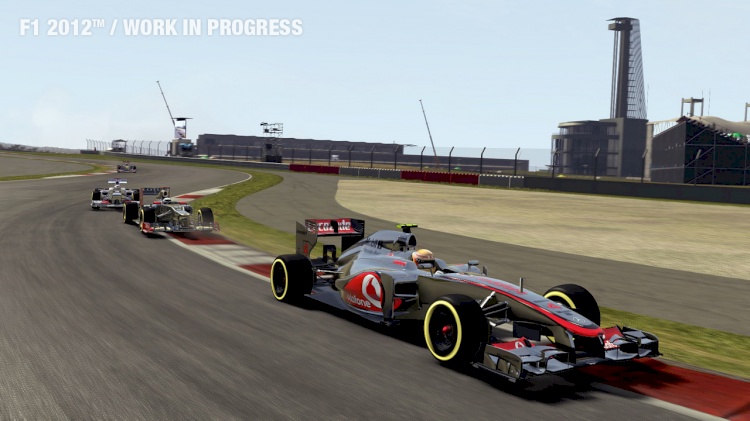 Longtime collaborator Steve Mumma called the other day looking for geotechnical support on an interesting impact barrier project. Steve manages Geobrugg North America’s Security Division, though we know him from when he was an extremely helpful resource for rockfall protection projects. It’s always great to hear from old friends, and old friends with interesting geomechanical problems are the best.
Longtime collaborator Steve Mumma called the other day looking for geotechnical support on an interesting impact barrier project. Steve manages Geobrugg North America’s Security Division, though we know him from when he was an extremely helpful resource for rockfall protection projects. It’s always great to hear from old friends, and old friends with interesting geomechanical problems are the best.
Geobrugg is supplying the debris barrier for a new Formula 1 racetrack near Austin, TX. You’ve all seen these: wire mesh and horizontal cables supported by poles that catch pieces and parts of crashing F-1 cars moving as fast as 240 kph. The picture above, which I borrowed from the project website, shows the fence in the background. Performance expectations for such a barrier are quite different than for most structures: huge deformations and partial collapse are a necessary part of proper barrier function. The direction and magnitude of forces transmitted by the yielding, collapsing posts into their foundations change wildly during the incident, further complicating the geotechnical design.
It is widely known that conventional geotechnical computations underestimate dynamic foundation capacity, although this fact seems not to be very well understood by most practicing geotechnical engineers. The difference between theoretical and actual foundation capacity has its roots in the simple Mohr-Coulomb constitutive model intrinsic in most geotechnical computations. Assuming linear elastic behavior up to the instant of failure excludes energy consumed by volumetric strain as the failure condition develops. Behavior that would never be allowed to occur on a conventional footing is actually an important attribute of dynamic loading on a properly functioning debris barrier.
We did a couple of days worth of computations, enough to get the correct outcome based on technical merit, without having to resort to uncommon constitutive models that would have led, inexorably, to time domain numerical modeling. While that type of work is like candy to the crew here at Atlas, it wasn’t necessary to achieve a positive outcome for the Formula 1 racetrack project. We are grateful for the chance to reconnect with Steve, for the confidence that Geobrugg North America placed in Atlas Geotechnical when faced with an unexpected issue, and for the chance to do challenging work in support of interesting infrastructure projects.